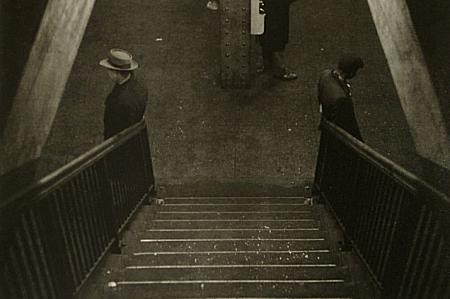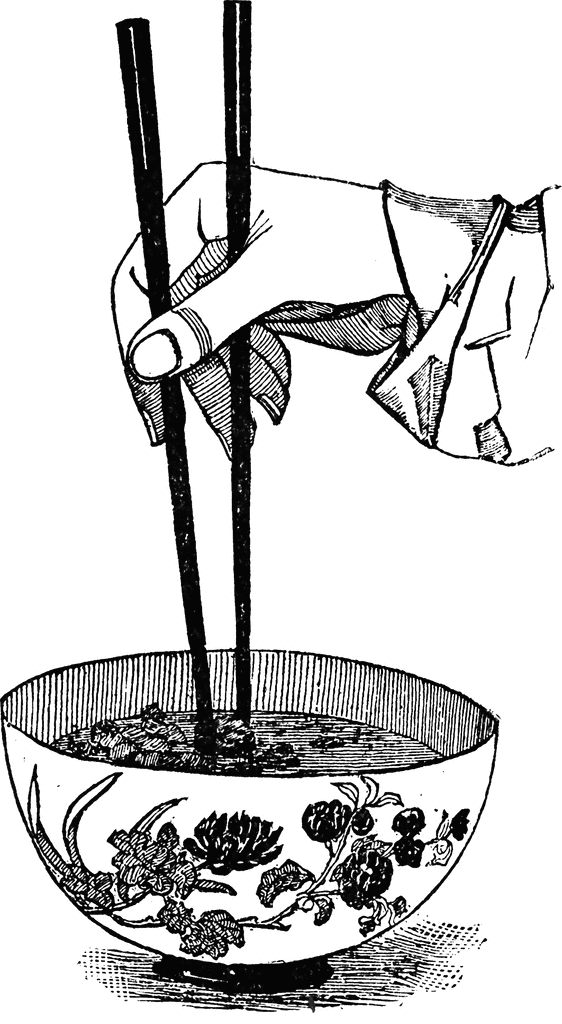Sunday's New York Times editorial sums it up and at once highlights just what I thought was wrong with the media's treatment of the conference and its goals despite the intense preparations made by participating factions:
The global climate negotiations in Copenhagen produced neither a grand success nor the complete meltdown that seemed almost certain as late as Friday afternoon. Despite two years of advance work, the meeting failed to convert a rare gathering of world leaders into an ambitious, legally binding action plan for reducing greenhouse gas emissions. It produced instead a softer interim accord that, at least in principle, would curb greenhouses gases, provide ways to verify countries’ emissions, save rain forests, shield vulnerable nations from the impacts of climate change, and share the costs.
Now, after the fact, it seems fine to pin a good deal of the credit on Mr. Obama and his eleventh hour efforts to save the disintegrating negotiations from failure. This new accord may be a save of sorts, but the article overstates the case that our man in Washington was the main catalyst.
Nonetheless, the heavy-hitters (or more aptly named, "heavy smokers") are now further obligated to make significant changes in climate regulation in their home countries, although I won't qualify the U.S. target of 17% reduction by 2020 as any kind of glorious illustration of leading by example. At the very least, we and all the rest of the most noxious emitters are dancing to the same tune for now, and it seems that the world's leaders can agree that this climate cycle is, for the most part, man-made and should thus be addressed and ameliorated by the same guilty party.President Obama deserves much of the credit. He arrived as the talks were collapsing, spent 13 hours in nonstop negotiations and played hardball with the Chinese. With time running out — and with the help of China, India, Brazil and South Africa — he forged an agreement that all but a handful of the 193 nations on hand accepted.
So, even after months of negativity and doubt, there is an accord, with real emissions targets on the horizon, to which governments and corporations must adhere. This should be the christening needed to send a new, greener ship on an inter-continental voyage to sweep fossil fuels, hopefully along with last century's other environmental ills, right out the back door like so much useless grit.




























